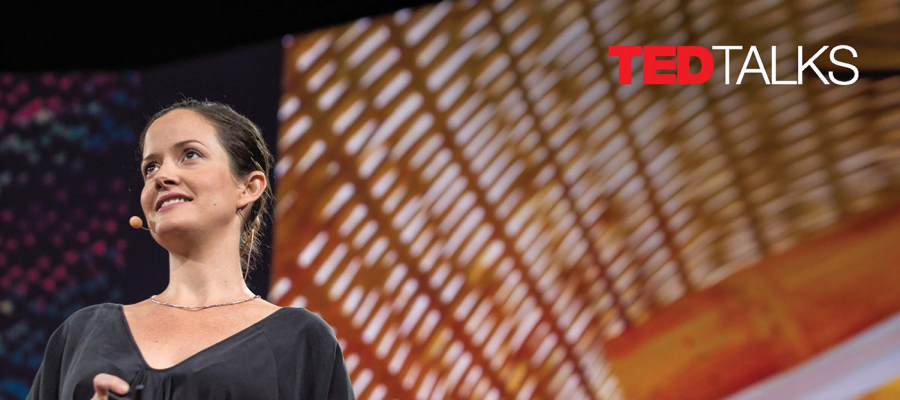The idea that, as teachers, we need to foster learners’ creative thinking is something I’m sure you have heard before. So why is there so much attention in our current learning and teaching context on ‘being creative’ and developing thinking skills in the classroom? And are we only talking about











